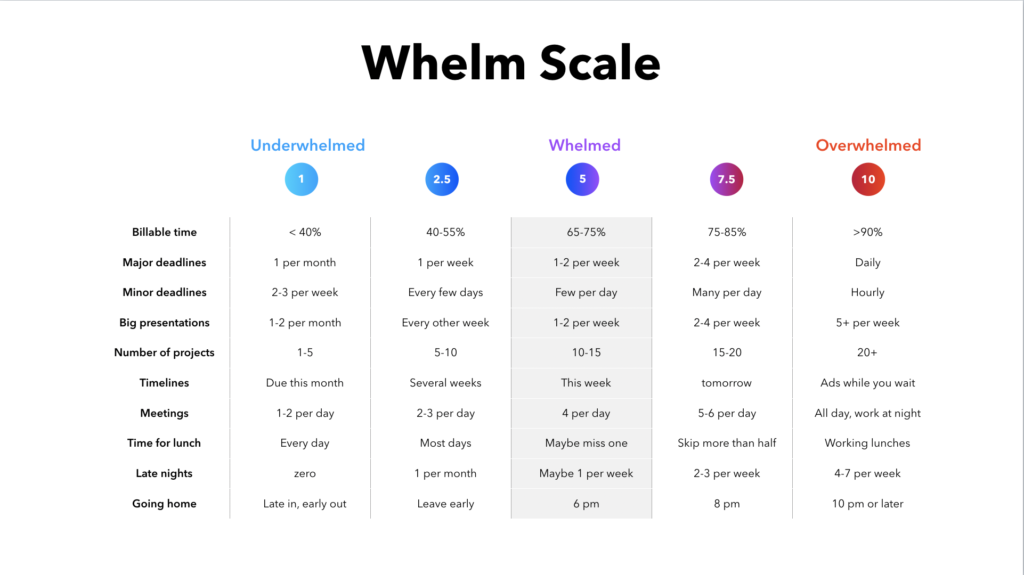Article Highlights:
One of the most challenging aspects of creative management is balancing the load. Here are a few insights into the model Stoke uses to meet client demand without overwhelming or underwhelming our team — and how we can help your business do the same. In this article, you’ll explore:
- How to assemble a scalable team
- Tips for delegating as a creative leader
- Ways to tell when your team members are overwhelmed or underwhelmed and what to do about it
One of the most challenging aspects of creative management is balancing the load. You need to have a team in place to tackle work when it comes in, but you have to avoid having such an overhead that you’re left wasting agency resources and sitting on your hands when things are slow.
For a long time, I thought the solution to finding this balance was to control the flow of work coming down the sales pipeline, attempting to time sales so that my team always had a full load of work but was never overloaded. That ideal doesn’t exist. There will always be fluctuation in work.
Instead, I’ve realized that the most effective approach is to focus on building a team that is agile and scalable. Here are a few insights into the model I use at Stoke to meet client demand without overwhelming — or underwhelming — my team.
Assembling a scalable team
When scaling your team for growth, focus on the foundation. At our agency, that foundation is a core team that includes the creative director (that’s me), art directors, and designers. As I assembled this team, I purposefully looked for individuals who had a versatile skillset — from video, to print design, to web design. Versatility makes you more efficient, since each member of your team can pitch in on a wide variety of projects.
Outside of our core team is a talented network of vetted freelance contractors available for outsourcing projects. This network takes advantage of the growing gig economy and includes individual creatives and partner agencies. While my core team serves as creative chameleons, I look for freelance partners who are specialists in their field — areas like animation, illustration, voice-over, cinematography, app UX, etc.
When projects come in, I fill up my internal team first. Then, we select the right freelancer for each project to help with overload or specialty elements. At any given time, we’re probably working with four or five outside partners in addition to our core internal team. And, we serve as the extension of and support to the core teams in each of our clients’ organizations.
While freelancers are a great way to scale, remember not to make your internal team too small. If a project comes in that is a “drop everything” job, you want your internal team to be large enough and talented enough to be able to jump in and meet the need. Don’t leave yourself scrambling to try to find available help in your talent network at the last minute.
Reading the whelm scale
With my team in place, it’s my responsibility to monitor the waves of work and ensure that each team member isn’t overwhelmed or underwhelmed. Either of these extremes can cause creative juices to slow.
In the Real Creative Leadership webinar episode, “How to Scale Your Creative Team — Part 2,” host Adam Morgan introduces the “Whelm Scale.” This is a tool to effectively analyze and adjust workloads to ensure that each member of your team is perfectly “whelmed.” The Whelm Scale is a great way to visualize each employee’s workload, and it can be customized to showcase the demands of your specific organization.

As I put the Whelm Scale into practice at Stoke, my first objective is to always make sure my core team is used to capacity. But it’s also an important priority to ensure that people are not feeling overwhelmed. It’s not only a morale issue; it also impacts the quality of work we can produce when creatives are stretched too thin.
As a creative leader, you have to prioritize the happiness and satisfaction of your employees. Beyond looking at visual signs of an overwhelmed team — late nights, high levels of stress, working right up until a deadline — I find there is great power in a simple, casual conversation.
Periodically, I like to chat with each of my team members and ask how they are doing, how stressed they are feeling, and how things are going. When you create a culture of honest, open discussion, your team will know that they can trust you and tell you when things are getting out of hand, and that they need support.
Daring to delegate
As a creative director, I also have to accept that I can’t do it all. Instead, I’m a big believer in giving people ownership. When you give someone ownership over a project, they will do a better job. They’re not just taking orders from somebody that they may or may not agree with. They know that the end result — for good or bad — is theirs. And, I’ve found that the quality of the work is better every time.
At the end of the day, your approach to scaling your team will be unique to your circumstances. Our approach at Stoke has allowed us to consistently partner with businesses and allow them to quickly scale up to meet demand without skipping a beat, or going over budget.
However you tackle this process, I’m confident that if you prioritize your people, are thoughtful about assigning projects, and approach work as a true team, you’ll be prepared to scale effectively and do great work.
Contact Stoke for support as you seek the perfect amount of “whelm.” Our team is ready to deliver. Explore our portfolio here.
For more scaling tips, watch the Real Creative Leadership episode on “How to Scale Your Creative Team — Part 2.”



